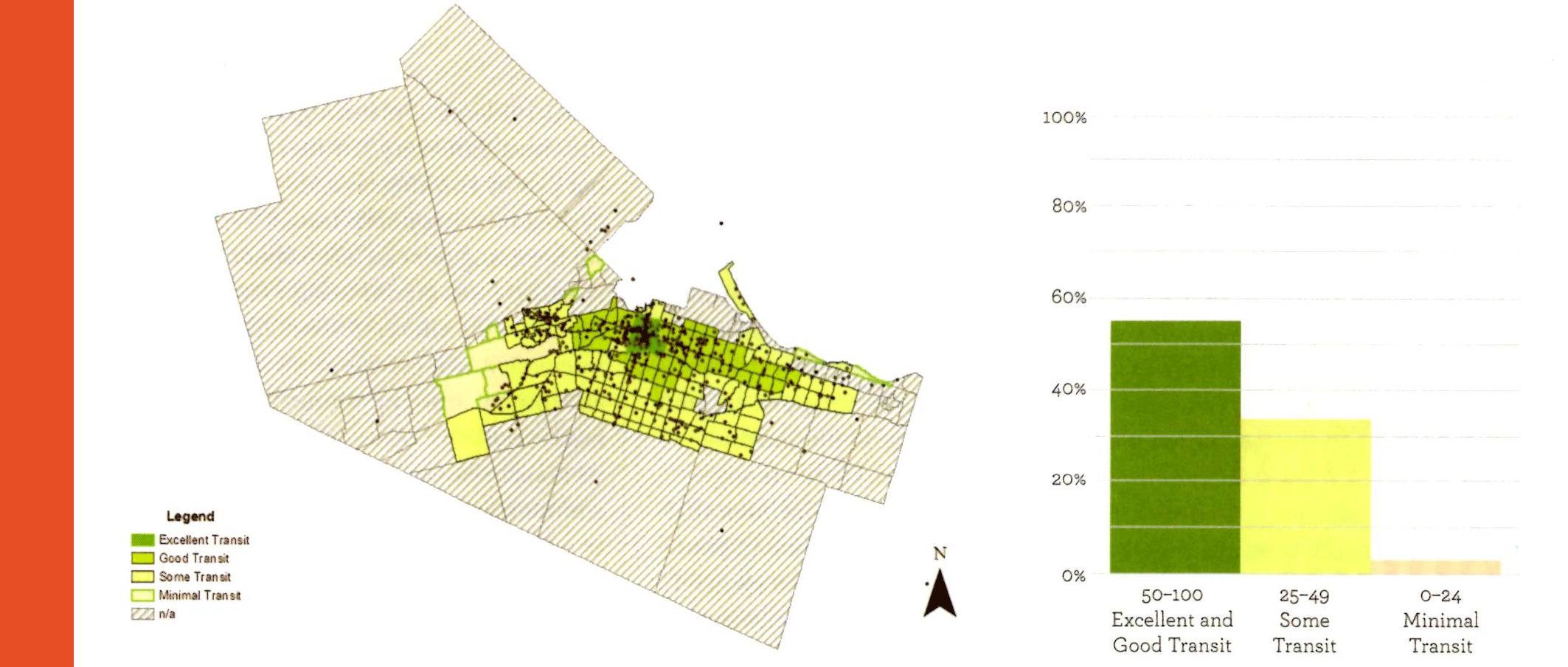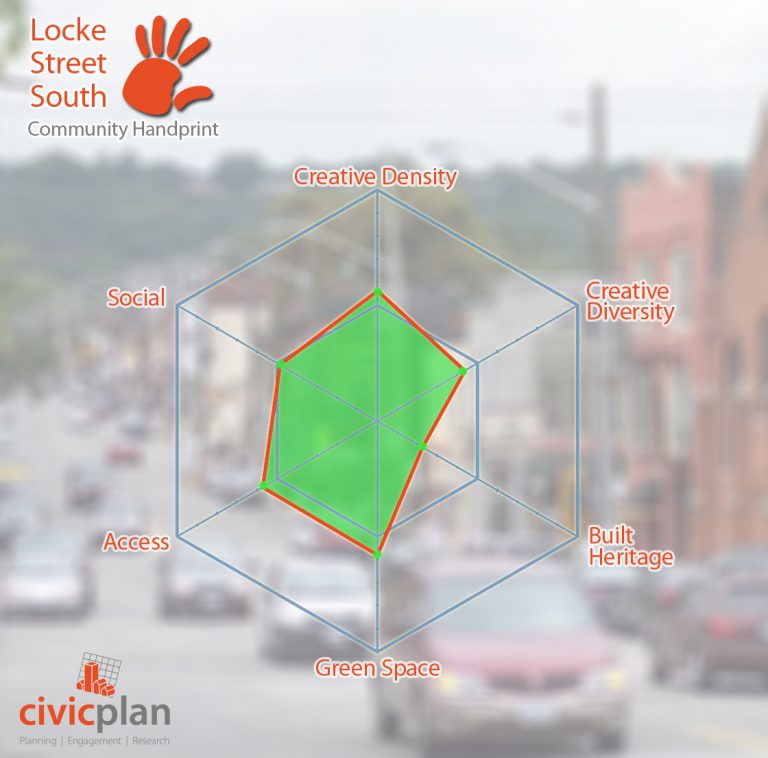Tag / Planning
-
Citizens shaping the spaces around them
How a carefully layered participatory planning process gave community residents a voice in municipal spending. Deciding how to spend money on neighbourhood infrastructure improvements is no mean feat. Which projects get the money over others, or do you divide the spend evenly across all potential ventures? Assuming a split according to greatest needs, how do…
-
What is Participatory Planning?
We get asked all the time about participatory planning. What is it? How does it work? Participatory planning is a way of doing planning that puts residents at the centre of decision-making in their community. That can be done in many ways, but the end result should be the same: the community feels ownership over the…
-
Helping Neighbourhoods Walk to School
The Challenge: Today, fewer and fewer students are walking or cycling to school. From 1986-2011, the rate at which Greater Toronto and Hamilton Area (GTHA) students 11-13 years of age were driven to school doubled, according to a Metrolinx study. At the same time, the number walking and cycling fell from 62% to less than…
-
The Missing Middle: A Sweet Spot of Support for Intensification?
Hamilton’s Durand neighbourhood is one of the city’s oldest, most dynamic communities. Significant change and growth is occurring in the neighbourhood, including proposed new developments tied to intensification that are eliciting a robust community dialogue on how the neighbourhood should look in the future. As part of this dialogue, a survey conducted by Civicplan on…
-
The Economic Value of Heritage
The value of heritage buildings is a hot topic in communities across North America. Many people value these buildings. They display style and workmanship that we often do not see with new buildings, and they connect us to our city’s history. They do much to establish the character of a street, and form the backbone…
-
More than Money: Revisiting the New Deal for Cities
Almost 15 years ago, former Finance Minister Paul Martin addressed the Federation of Canadian Municipalities (FCM) conference in Hamilton, Canada and proclaimed the need for a “New Deal for Cities” where better federal-municipal relationships would forge a stronger urban Canada. Jack Layton, then president of the FCM, looked on enthusiastically, as he had pushed for…
-
Data-Driven Participatory Planning
The following article published in Plan Canada [Vol. 57, No. 1], received a Canadian Institute of Planners (CIP) Plan Canada Honourable Mention Award. Data-driven participatory planning is helping policy makers and civic leaders better engage the public in local decision-making. Robust engagement improves public planning outcomes, strengthens local communities, and promotes greater civic pride. PlanLocal,…
-
Engaging communities with participatory planning
It was 8:30 a.m. on a Tuesday morning in late June. Kids and parents trickled into the playground. There was a buzz outside Dr. Edgar Davey Elementary School in central Hamilton, Ontario. School was almost done and the excitement was palpable. The end of another school year wasn’t the only event happening that day. The…
-
How Pedestrian and Transit-Oriented Environments Attract Creative Jobs
While it is understood that pedestrian friendly and transit-oriented environments are elements of good planning, they are also starting to be understood as good business. The broader municipal decision-making community is realizing the important connection between transit, walkability and economic development. The US-based Progressive Policy Institute’s comprehensive study of American urban centres, called the Metropolitan…
-
Capturing and measuring local character can help with future planning.
When you think about shopping local, you often think about different districts in your city. In Hamilton, Canada, locals think of places such as Concession Street, Locke Street or Downtown Dundas. Each of these distinct areas has a different character that influences how people describe them. Usually, it’s the mix of local businesses that help…










